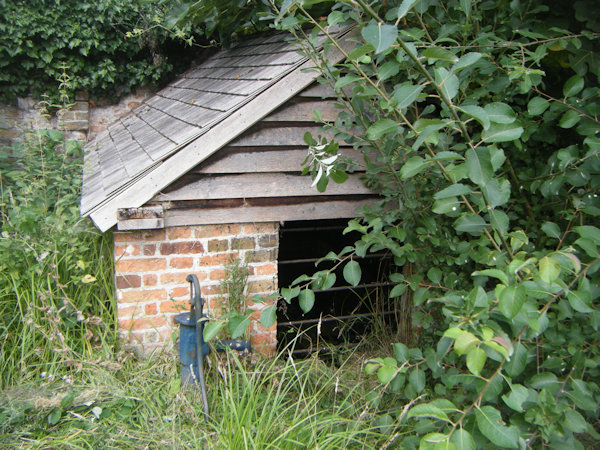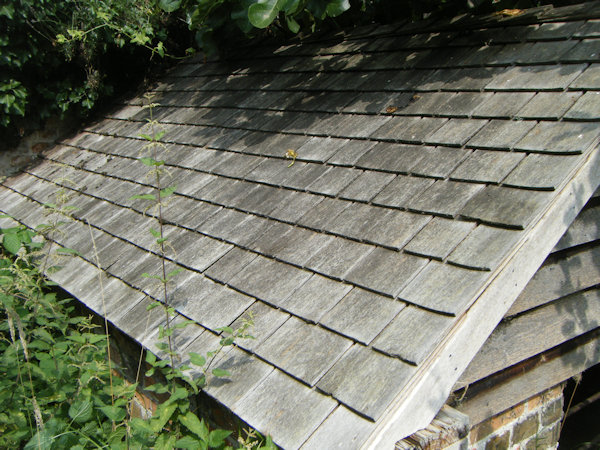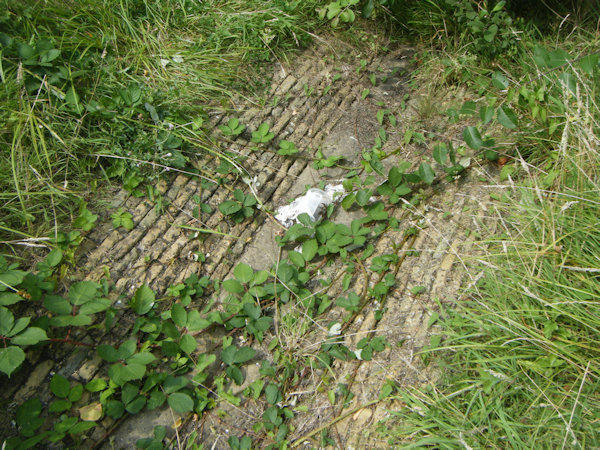 |
Dedication: Saint Mary the Virgin Location: North Ockendon Coordinates: 51.54009N, 0.2872W Grid reference: TQ587848 Heritage designation: none |
 |
Dedication: Saint Mary the Virgin Location: North Ockendon Coordinates: 51.54009N, 0.2872W Grid reference: TQ587848 Heritage designation: none |
In the year 654, at least according to the fourth volume of An Inventory of the Historical Monuments in Essex (1916), St Cedd, the elder brother of St Chad, was consecrated "Bishop of the East Saxons", or Bishop of Essex. As part of his campaign in this part of the country, Cedd is said to have established two monasteries, one "at West Tilbury", and the other at a place named "Ithancester", which has now been reliably identified with the chapel of St Peter-on-the-Wall at Bradwell-juxta-Mare. The Inventory asserts that he used these monasteries as bases from which missionaries were sent "to preach the Gospel" across the diocese. Today, it is commonly attested that St Cedd himself founded North Ockendon's parish church, which is dedicated to St Mary Magdalene, during his time as the area's bishop, and although I have not been able to find any historical references to prove this, it is certainly possible that either he or one of his missionaries is responsible for its foundation.
However, despite the fact that Cedd's cult was prominent in the area during the medieval period, I have been unable to identify any definite historical links between him and the parish, either through local legend or documentation. Indeed, despite the fact that North Ockendon's holy well is, today, universally referred to as "St Cedd's Well", I have found considerable evidence to suggest that this is a misconception, and that the spring is actually under the patronage of St Mary.
In spite of all of the research into the site that I have conducted, I have not found any mentions of "St Cedd's Well", or any possible alternative spelling of the name, dating from before 1950. Instead, I came across a late 19th century reference to a "remarkable spring" located "in the churchyard", called "the 'Lady Well'", in William Palin's More About Stifford and its Neighbourhood, published in 1872. In his work, Palin published some correspondance from an "esteemed friend" who was "for many years curate of this parish", and who claimed that this "Lady Well" was "always full", had "never" been known "to freeze", and produced "beautiful soft water". As there are no other springs or watersources in, or on the boundary of, North Ockendon's churchyard, the Lady Well is undoubtedly the same spring as that which is today - incorrectly - referred to as "St Cedd's".
Of course, given the church's dedication to St Mary Magdalene, it is worth considering the chance that the Lady Well might be under the patronage of St Mary Magdalene, as opposed to St Mary the Virgin. This is very unlikely, however, because "Lady Well" appears to be, in most cases, a possibly post-Reformation abbreviation of "Our Lady's Well", a title that explicitly references St Mary the Virgin. Conversley, there is a chance that the patronage of the parish church has changed at some point during its history, and perhaps originally shared the dedication of the well; this is quite a common occurrence. I have been unable to pin-point when exactly the Lady Well began to be called "St Cedd's Well", but it was certainly not known by that name until the 20th century.
It is interesting to note that Ordnance Survey maps have never actually given the well a name, and it has only ever been depicted on large scale editions, which themselves only mark it as a small, rectangular building attached to the churchyard wall. This construction was first marked on OS maps in 1896, and later maps suggest that its structure has not changed since.
In August 2025, I visited what I, prior to my research, believed was called "St Cedd's Well" for myself. I found that the brick building which houses the spring, the base of which most probably dates from the latter half of the 19th century, was in good condition, although the whole area was very overgrown. The brick basin inside the housing was full of a large quantity of clear water, but the stone-lined channel (a much newer feature) that leads from the well-house to the nearby pond was dry, so its level was presumably lower than usual. The small metal pump beside the building did not work. Unsurprisingly, the sign on the churchyard gate claimed to show the way to "St Cedd's Well".
 |
 |
 |
 |
|
Access: The Lady Well can be accessed through a gate (reading "St Cedd's Well") at the end of the churchyard. |
Copyright 2025 britishholywells.co.uk